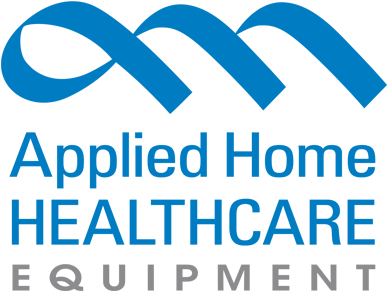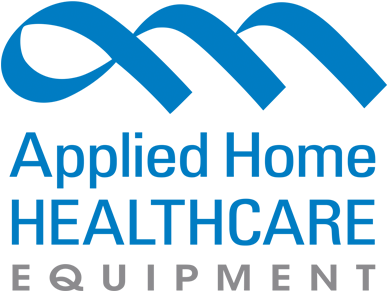PRODUCT CATEGORIES
CLASSES/REGISTRATION
WHAT'S YOUR ROLE?
Business Minefields To Avoid
Whether you are managing a large or small business or a department, here are a few business minefields to avoid.
People are your most valuable asset
Your talented and experienced people are your most valuable assets. Never delay or defer milestones which are important to employees such as their semi or annual review. Even if you have little or no budget for salary or wage review, still schedule and conduct the review on time every time. Employees want to know that you value them. Next, don’t forget to praise them in public when they earned it, it makes them stronger and even better at what they are doing. If you have to give constructive criticism, always do it in private. Never, ever forget they are your most important resource.
Remember business is a game of margins not volume
Examples of rationalizing low margin business include accepting it for incremental business and / or to absorb overhead costs. These are both habit forming and hazardous practices. Your sales force can easily sell low margin business because it is often a lot easier to sell than regular margin business.
Know who and what you are
Planning always starts with determining who and what you are, not who or what you wish you were. What are your strengths and weaknesses? Capitalize or develop your strengths and address your weaknesses, it is always the first step in your plan. Famous strategists from Sun Tzu to recent secretaries of defense remind us that “you are going to war (or compete) with the army (resources) you have, not the one you wish you had”.
Remember the five strategic forces in any business, everything is tactical¹
The five strategic forces determine any businesses’ past, present, and future profitability and these are:
1. The leverage of your customer or buyer
If select buyers like Walmart or an automotive are you
as likely to be as profitable as you would be if you served many fragmented buyers? The short answer is “No, no way”.
2. The leverage of your suppliers
The same is true for your suppliers, if one or limited number of your suppliers control a valuable and often irreplaceable product or raw material, what happens when they raise the price? Or can’t supply or both?
3. Possible substitute goods
What are the possible substitutes for products or services you provide? Is there someone waiting in an adjacent industry that could easily enter your market and could “buy market share” if they chose to. Or is there something that would obsolete your product or service? What are the entry barriers to your market and customers, can you make the higher (build a moat around them)? If they can’t get out, then they will cut prices and margins to stay alive. Never a good situation.
4. Possible government involvement
Are you profiting from some type of government regulation? If so, you may likely find “what the government gives it can also take away”. Or what happens with increased regulation? Increased regulation could drive your costs up in to the waiting arms so substitute product or service. What are you doing to encourage self-regulation in your industry?
5. Finally, the rivalry of competitors
Does the rivalry in a particular market segment, niche, or industry foster poor or inadequate returns? Maybe it is time to exit that segment, niche or market and deploy your resources where the return is better.
¹ The five forces, Competitive Strategy, Michael E. Porter, Harvard Bus School, The Free Press
You Might Also Like
Subscribe to our Newsletter
Get the latest regulatory info, accreditation news and exclusive discounts!
 View Cart []
View Cart []
